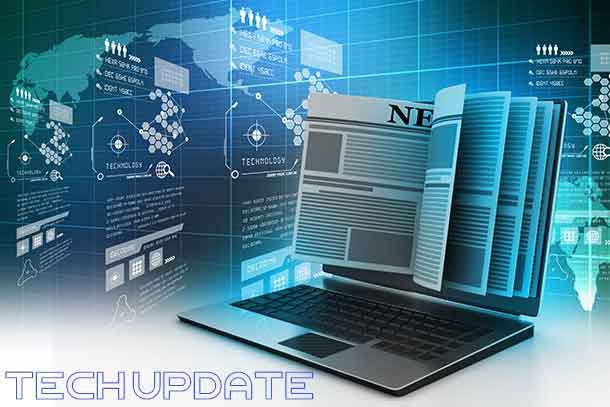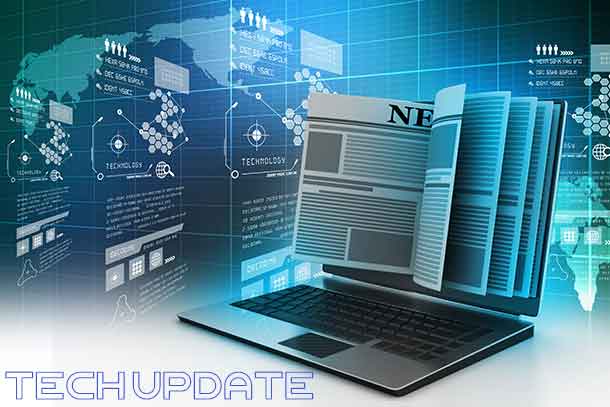 Abstract – Stats from CMO.com suggest that by the year 2020, the number of internet connected devices is likely to be across 50 billion, generating a whopping 19 trillion dollars profit. Two-third of the American population now uses IoT through various devices such as:
Abstract – Stats from CMO.com suggest that by the year 2020, the number of internet connected devices is likely to be across 50 billion, generating a whopping 19 trillion dollars profit. Two-third of the American population now uses IoT through various devices such as:
- Smart Televisions – 39 %
- Automobiles – 37 %
- Home control devices – 31%
- Voice-enabled command systems – 31%
- Internet-enabled equipment’s – 30%
- Smartwatches– 27%
With the increase in the use of devices connected to the internet, people are getting used to IoT. However, seldom have an idea of how IoT works. To understand the working of IoT enterprise first must understand everything about IoT.
What is IoT?
IoT is a network of various interconnected devices embedded with different software which enables the exchange of data amongst these devices.
Components of IoT
- IoT device – An IoT device is a computing device. It can be connected wirelessly to any network and can transmit data. IoT devices can also be monitored from a different location using the internet.
- Physical Layer – One of the most crucial aspects in IoT is designing the physical layer of the wireless systems. The factors to keep in mind are practical constraints of energy efficiency, spectral efficiency, service quality and cost-effectiveness.The physical layer is concerned with how every device is connected physically to the network through hardware like with wires, optical cables, or radio in case of any wireless network such as Wifi.
- IoT gateway –IoT gateway can be defined as a solution that bridges the gap between devices located at different locations. It provides a link between the cloud platform where organizations store data and the users’ equipment.
- NetworkLayer– The Network layer is used for logical addressing. Protocols at this layer define how routers provide packs of data between the source and users identified by IP addresses. IPv6 is mostly adopted for IoT device addressing.
- Application layer – The application layer is used in application-level messaging. The most widely used application layer protocol across the internet is HTTPS.
- Data storage – The permanent collection and storage of data by IoT devices are high. To store the collected data by the IoT devices, enterprises need to access cloud platforms. Storing the data in hardware causes problems if there is an occurrence of a disaster. If the hardware with all the data is destroyed, the organization loses its valuable resources.Therefore, organizations must look to store the critical data on cloud platforms so that it can be accessed easily.
- Network – IoT devices are used in various industries such as healthcare, manufacturing, and transport. Characteristic of devices used varies accordingly. The network must support the functionality of these devices. The network provides power, policy, connectivity, security, and manageability of IoT devices.
- Dashboard – The dashboard is a display of the essential information required to achieve objectives that are arranged on a single screen so that information can be monitored The provided data is automatically updated without any assistance from the end user. The amount of update varies according to organizations. On the most accessed dashboards, data is updated on the daily basis.
- IoT ecosystem – IoT ecosystem comprises a device (smartphone, tablet) that functions as a remote. The remote is used to send a request for information through the network to a device. The device then sends the information back to be displayed and analyzed on the remote.
Understanding the components of IoT is the first step towards comprehending the working of IoT. There are a few points that an organization must keep in mind so that they can materialize their objectives through IoT. They are:
- Sensors or devices
Devices are the primary need for IoT connection. They collect information from their surrounding environment. This information can be about the climate conditions or a video feed. Many devices contain multiple sensors such as GPS or camera. These sensors can collect a wide variety of data ranging from grid parameters, maintenance of data of patients, data on automobiles. Thus, a considerable amount of information can be obtained.
- Connectivity
The next step after collection of data comes its storage. The collected data is sent to cloud platforms for secure storage. It can be sent by connecting devices to cloud through methods such as wifi, Bluetooth, wide-area networks, satellite, or connecting device directly to the Internet. Each method above has its pros and cons between consumption of power, bandwidth, and difference in range. Selecting the correct option to choose for a specific device is necessary. After choosing the method development of IoT gateway is necessary. Gateways help in bridging the network of sensor codes to the World Wide Web. Gateways collect the data from the sensor nodes and transmit it all over the internet infrastructure.
- Data Processing
After updating data in the cloud, processing it becomes easy. It can be either the most straightforward of the data such as checking the state of variation in temperature or complex such as vision on videos for identification of objects.The data is stored securely in the cloud and is used to perform actions that develop devices to smart devices.
The Internet of Things is the next big technological revolution that is showing a promising potential. It is an emerging area which has a great deal of technical, economic, and social significance for enterprises in years to come. The Internet revolution has already stricken us since last two decades, and now the next wave of Internet of Things is upon the world. It is about time for organizations looking for growth top start investing in the IoT.

